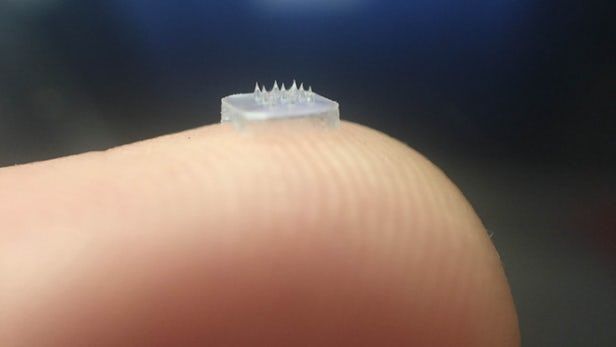Soon enough, agriculture might need a lot more bots.
By matt simon and melanie ruiz


We found that the evolution of anti-predatory defense in the prey species stabilized predator population size but that this was delayed in the presence of the abiotic stressor. This corresponded with a lack or delay in the evolution of resistance to the abiotic stressor. Therefore, the abiotic stressor had a big effect on the eco-evolutionary dynamics, weakening the evo-to-eco link. One might expect that this is caused by competition between (asexual) bacterial lineages possessing different adaptations, decreasing the rate and directionality of evolution under multiple selection pressures. Instead, the genomic investigation showed that different targets (genes or duplicated sites) were repeatedly mutated in the individual and combined treatments. The population genetics thus revealed complex mechanistic underpinnings for a seemingly sensible difference in dynamics. Perhaps a specific type of bacterial cell clumping or another adaptation is favored in the dual-stressor environment because of conferring a degree of resistance to both types of stressors? This could then direct the mutational path away from the optimal adaptations to the individual stressors.
It took us five years to disentangle the complex interplay between ecology and evolution in an experimental system consisting of bacteria, ciliates and antibiotics.

Over two decades, I’ve worked with many collaborators studying infrastructure commons and knowledge commons. We developed the Governing Knowledge Commons framework, adapting Ostrom’s empirical approach to the special characteristics of knowledge resources. Understanding how communities share and develop knowledge is crucial in today’s “information society.” And, of course, sharing and developing knowledge is critical to successful governance of natural resources, especially on a global scale. Using the GKC framework, we’ve made substantial progress toward an empirical picture of knowledge-related commons governance. But it’s not nearly enough. Here’s why.
A classic study of the perils of resource sharing, with implications for how we deal with climate, has been updated.
After over a decade of development, the world’s first full-body medical scanner has produced its first images. The groundbreaking imaging device is almost 40 times faster than current PET scans and can capture a 3D picture of the entire human body in one instant scan.


We’ve already heard about “microneedle” patches that near-painlessly deliver medication through the skin. Well, scientists at Nanyang Technological University, Singapore have now taken the same approach to treating eye diseases. They’ve developed a tiny patch laden with even tinier needles, which get poked into the eyeball.



Jan Scheuermann was one of the first volunteers on DARPA’s Revolutionizing Prosthetics program and became a pioneer in the field of brain-machine interface, controlling first an advanced robotic arm, and then a simulated jet, with her mind alone. The New Yorker tells her story in exquisite detail, along with the story of Nathan Copeland, the volunteer who followed Jan in the research and put his own spin on how it unfolded.
A neuroscientist’s research into the mysteries of motion helps a paralyzed woman escape her body.
